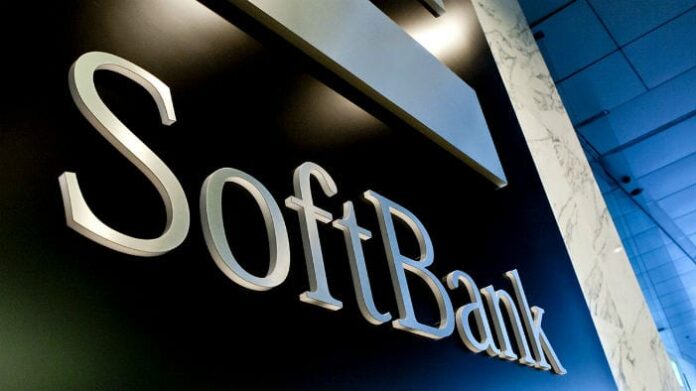Announcement follows Ericsson’s small cell win with SoftBank
For the second time this month, Ericsson has announced a major engagement with Sprint parent SoftBank. The Japanese carrier said it will use Ericsson’s evolved packet core for its Cat-M1 and narrowband IoT solutions.
Category M1 LTE caps bandwidth and speeds in order to keep hardware costs low and module sizes small. It is meant to connect devices that do not need to send large amounts of data to the network.
Narrowband IoT, which was part of the 3GPP’s Release 13, is a new protocol commercialized primarily by Ericsson and Huawei. Unlike Cat M1, narrowband IoT deployments are expected to require new network hardware for carriers. NB-IoT is a direct competitor to dedicated low-power wide area network technologies like LoRa and Sigfox, and some vendors have suggested that incompatibility between Ericsson’s equipment and Huawei’s equipment is slowing adoption of NB-IoT.
SoftBank itself has hedged its IoT bets by investing in LoRa technology as well as NB-IoT. Last fall the company announced plans to roll out a low-power wide area network in partnership with network provider Actility, equipment maker Hon Hai (Foxconn), and chipmaker Semtech.
Indoor small cells
For SoftBank and Ericsson, IoT is part of a larger collaboration. Last week, Ericsson announced that SoftBank will deploy Ericsson’s Radio Dot indoor small cell solution in medium-to-large buildings in Japan. Ericsson said SoftBank has been testing Radio Dot for almost two years.
“After evaluating a number of options, we concluded that the Ericsson Radio Dot System was the most cost-efficient solution for large buildings,” said Hideyuki Tsukuda, SVP at SoftBank. “Its deployment in crowded urban indoor environments will enable us to meet user expectations for a consistently high quality of network coverage.”
Ericsson said SoftBank will roll out Radio Dot later this year, starting in the densest urban areas within three Japanese cities: Tokyo, Osaka, and Nagoya. The carrier will target office towers, shopping malls, and train stations, Ericsson said.
Ericsson’s two announcements with SoftBank bookended a less positive report from the company this week. Ericsson said it lost more than a billion dollars during the first quarter, and forecasted continued challenges in the global market for wireless infrastructure. Many of Ericsson’s biggest carrier customers have almost completed their LTE buildouts, and 5G is still several years away. IoT and small cells, however, could buoy Ericsson’s results while the company waits for 5G rollouts.
Follow me on Twitter.

